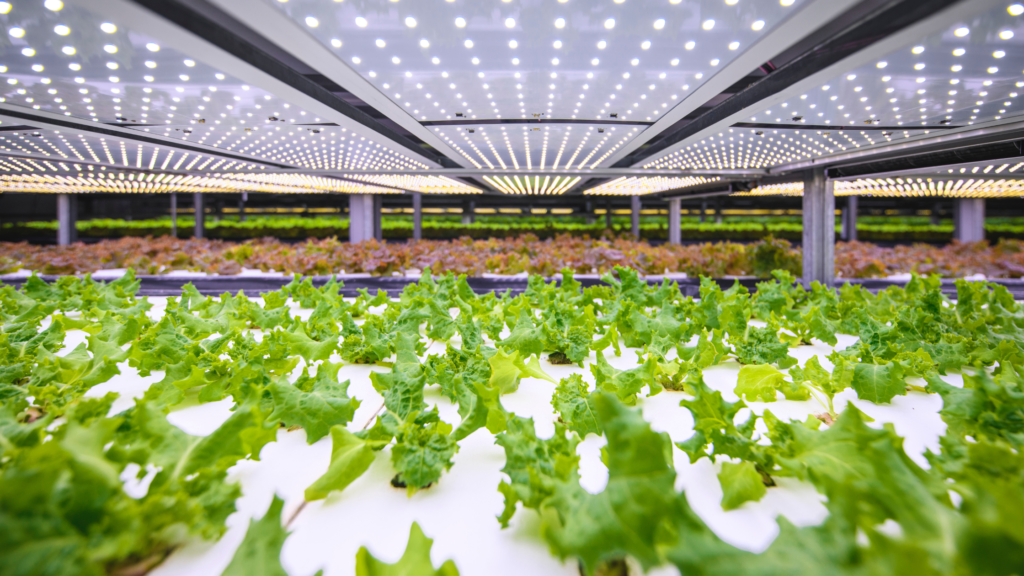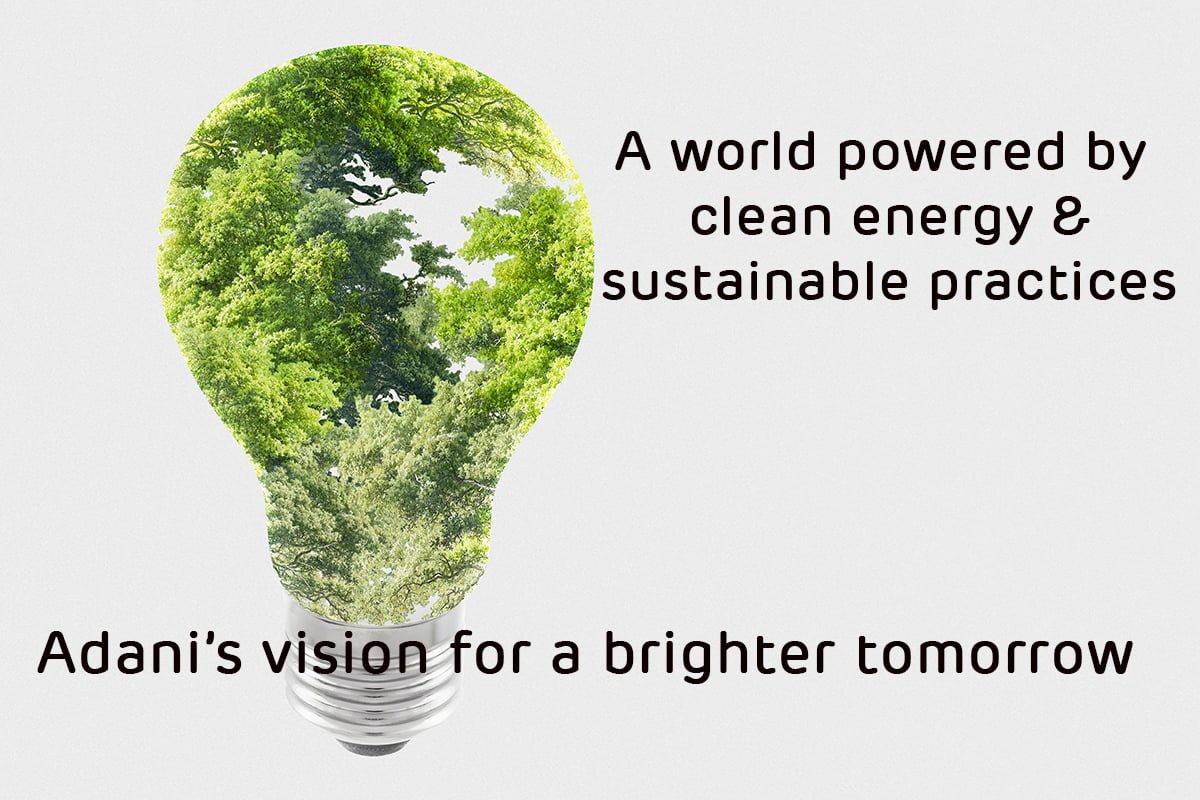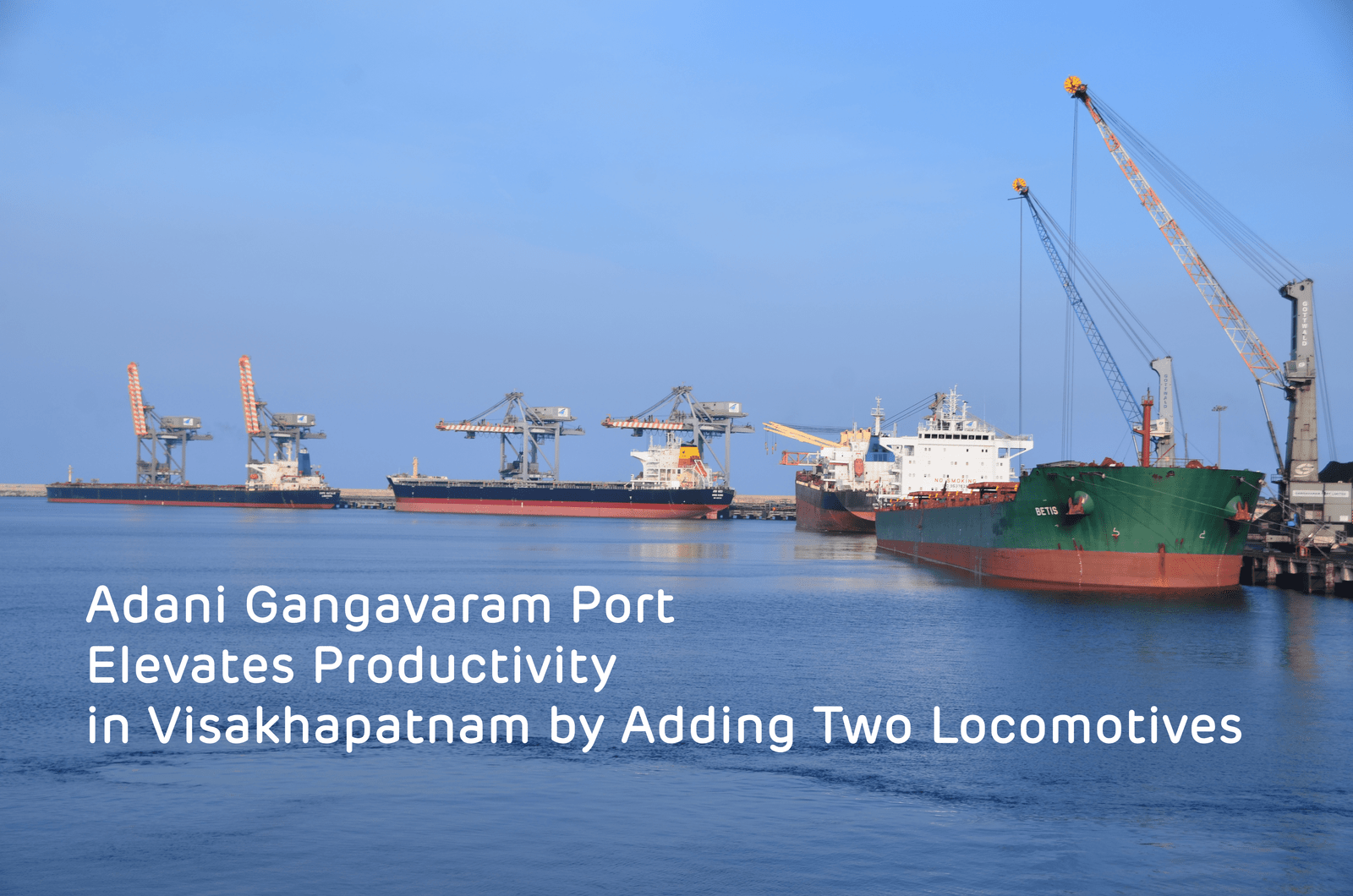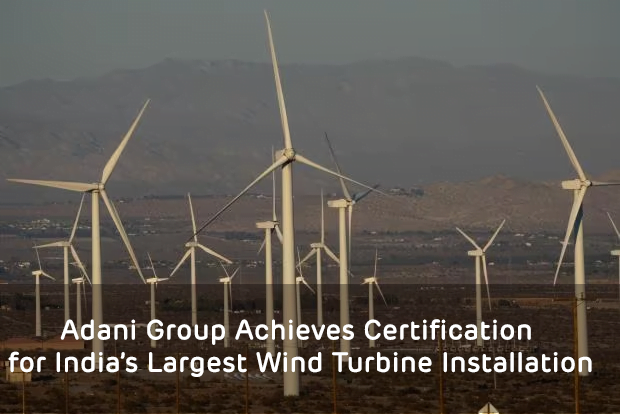Shimmering under the desert sun, it first gives the impression of a lake. A closer look reveals endless rows of solar panels angled towards the sun on a vast stretch of land. Soaking in rays all day long, these solar panels convert sunlight into electricity that flows into the grids of discoms that light up millions of homes and businesses.
About a decade ago, power generated from solar panels on such a large scale seemed a remote possibility. Today, we can do it due to the fast developments in solar power technology. India ranks fourth globally in renewable energy installed capacity, wind power capacity and solar power capacity, as per energy policy think tank REN21’s Renewables 2022 Global Status Report. At COP26, the country set an enhanced target of 500 GW of non-fossil fuel-based energy by 2030. India must incorporate large volumes of renewable energy to fulfil its growing requirements if it is to achieve carbon neutrality by 2070.
The good news is that both the government and the private sector are working towards achieving the targets. If the government is focusing on policies like the National Solar Mission, the private sector is developing infrastructure and driving innovation to help India become a leading global player in the renewables sector.
Of the many projects that are underway, the one being developed in the Kutch region of Gujarat is an engineering marvel, which can be seen even from space. The government is developing the world’s largest 30 GW hybrid renewables park at Khavda in Kutch across over 750 square kilometres. Adani Green Energy Limited (AGEL), a key participant among the six developers allocated the project by the government, plans to develop around 17 GW to provide reliable, accessible and affordable clean energy.
Once completed and commissioned, this renewable park, which covers vast swathes of barren wasteland, will produce 52,000 million units of electricity annually. The energy output of the park can power over 10 million homes in states like Andhra Pradesh, Gujarat, Chhattisgarh, Maharashtra, Tamil Nadu, Delhi, Tripura, Jammu & Kashmir, Odisha, Bihar, and West Bengal.
Wind and solar energy have variable supply, posing a challenge to largescale adoption of renewables. Hybridisation of wind and solar reduces this variability due to the complementary nature of their generation profile – solar generation is higher during the day while wind generation can be higher in the night. Hybrid projects have higher capacity utilization and enjoy the benefit of a reduction in costs associated with sharing transmission lines.
AGEL is one of the largest renewable companies in India, with a current project portfolio of 20,434 MW. Green energy, which is derived from natural sources like wind and sunlight, is abundant in nature and does not release greenhouse gases. AGEL is tapping into this source of energy abundantly available in Jaisalmer (Rajasthan), Kutch (Gujarat) and Kamuthi (Tamil Nadu), among others.
Green energy projects will not only enhance economic value through lower costs for consumers but will also catalyse rural employment. In line with the ambitious national vision of commissioning 500 GW by 2030, Adani Green is already the largest solar developer in the world; it is on its way to becoming the largest renewable company in India and among the most formidable renewable energy players in the world. AGEL perceives the future as an opportunity to strengthen its sustainable enterprise and enhance stakeholder value.










